There are historic buildings, trails to three waterfalls, and beautiful forests and streams. Our first stop along the road was the Noah "Bud" Ogle farm. The house and barn are close to the road, but there is also a 3/4 mile loop trail through the woods to some of the other sites of interest here at the farm.
The Ogles were one of the first families to settle in this area. Bud Ogle and his family lived on this 400 acre farm beginning in 1879 until 1925. The parents, infants and girls slept downstairs and the boys slept in the loft in the house.
Nearby was the barn. Note how the buildings are built on stacks of large stones.
Continuing on the trail, there is a small mill built on the farm near the stream. It is known as a "tub" mill and many families built ones similar to this. Neighbors without a mill could use this one for a toll (usually a portion of the corn ground).
The trail winds through the beautiful forest, but, alas, I did not see any wildlife.
There are various pull outs with great views of the Great Smoky Mountains along the road.
The barn and corn crib are on their original sites at Jim Bales place. The house was relocated here from another part of the park.
Down the road, Ephraim and Minerva Bales and their nine children all lived in this very small, two-room cabin on their 70-acre farm. Their corn crib, hog pen, and barn are all still standing. Families would let their livestock (pigs) run lose in the forest to forage for their own food. They would capture one at a time, put it in the small hog pen, fatten it up, and then butcher it. This was the primary source of meat in the local diet. The family lived here from 1890 until 1930.
We paused to enjoy the nearby river next to the Bales farm. Our doggy, Sadie, was so happy to cool down a bit in the cold water!
Alfred Reagan was a farmer, but also a skilled carpenter, blacksmith, a store owner (he eventually turned it over to his son), and a mill owner. He charged one gallon per bushel as the payment for grinding. The house was called a "saddlebag house" with a fireplace in the center and a room on each side. As the family grew, he added attic bedrooms while making all of the furniture for the house as well. Today, only the house and mill remain.
Along the river's edge, the mill was across the road from the house.
Our final stop was at an area called "The Place of a Thousand Drips." The amount of recent rainfall determines how much water you will see here. It has not rained during our stay, so the falls were just a trickle in many places.
This auto nature trail was a great introduction to the Great Smoky Mountains providing insight into the Southern Appalachian culture in the beauty of the forests here. We are anxious to see more in the next few days as the crowds dissipate after the holiday weekend.
There is no admission fee to Great Smoky Mountains National Park, although we did purchase some booklets and maps that are modestly priced at $1/each. For information about the park, campgrounds, hikes, and more, check it out online.
Website: www.nps.gov/grsm



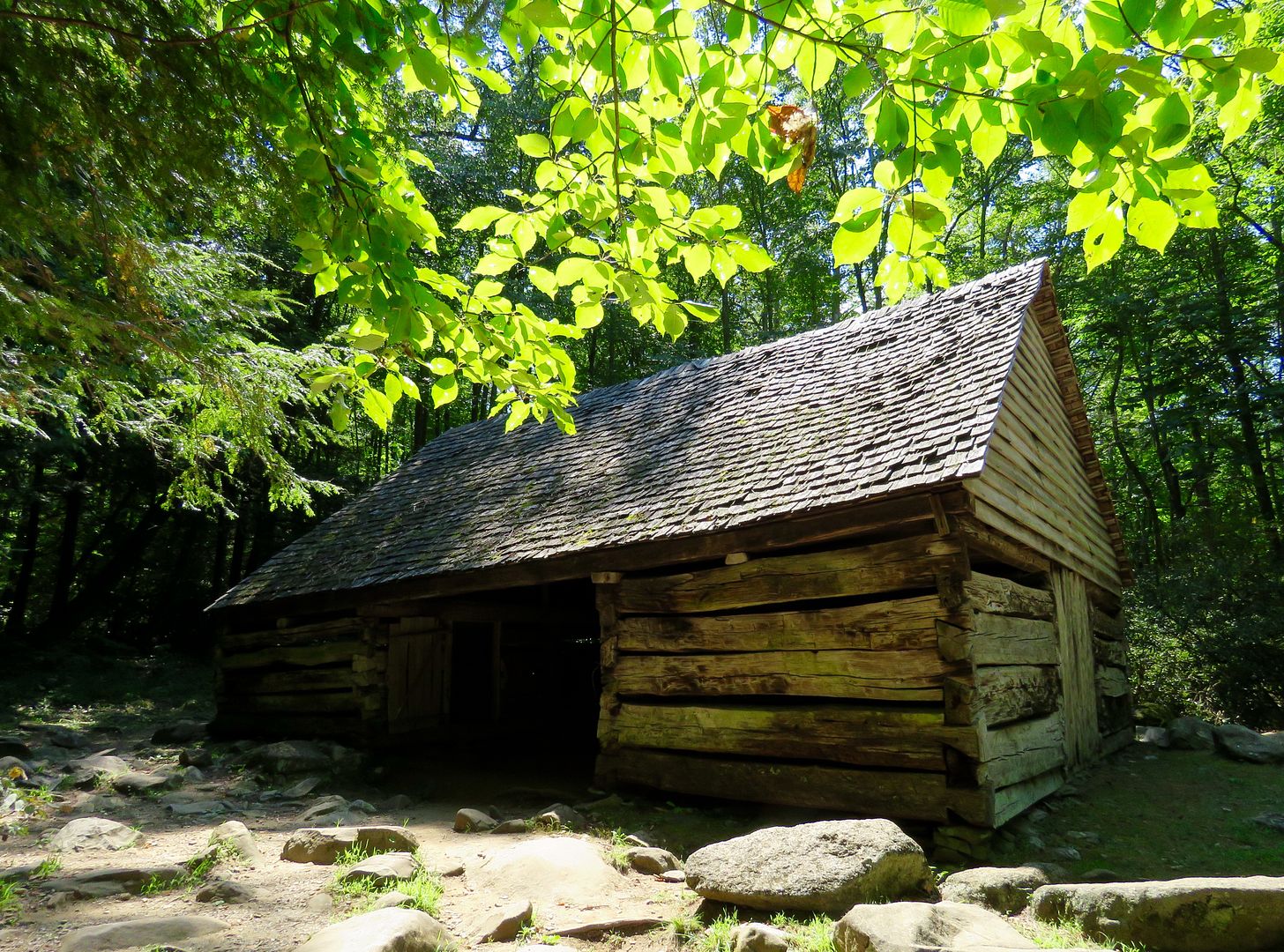

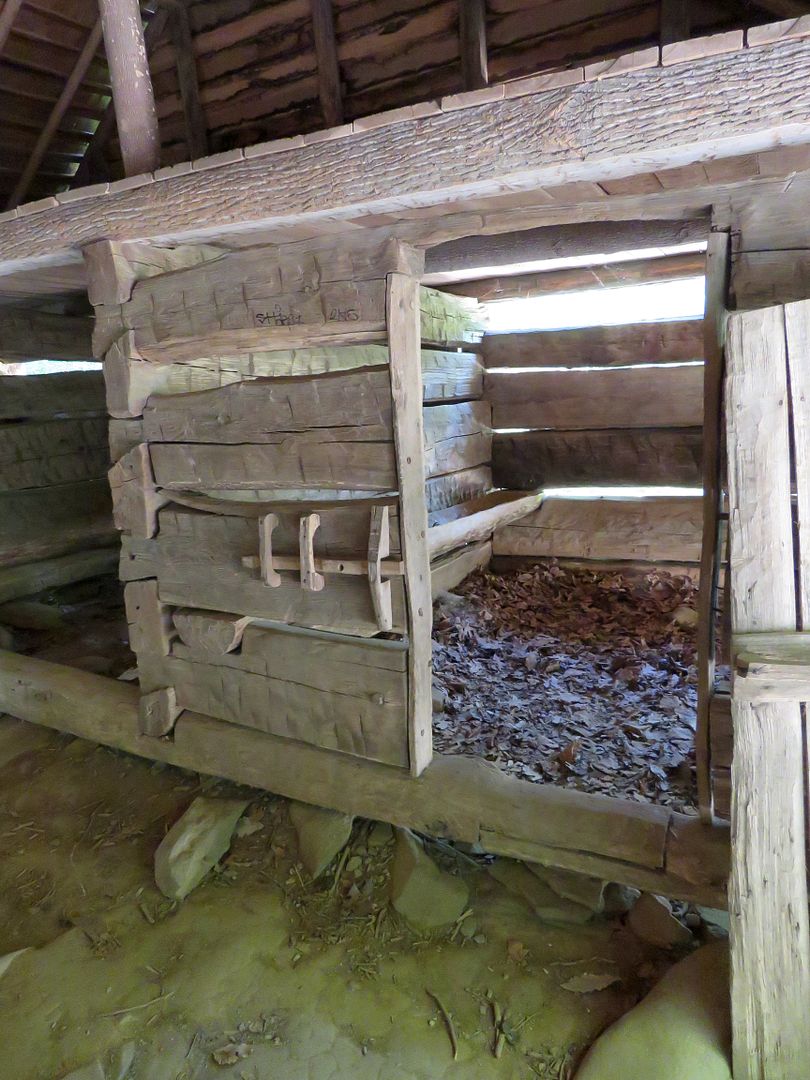
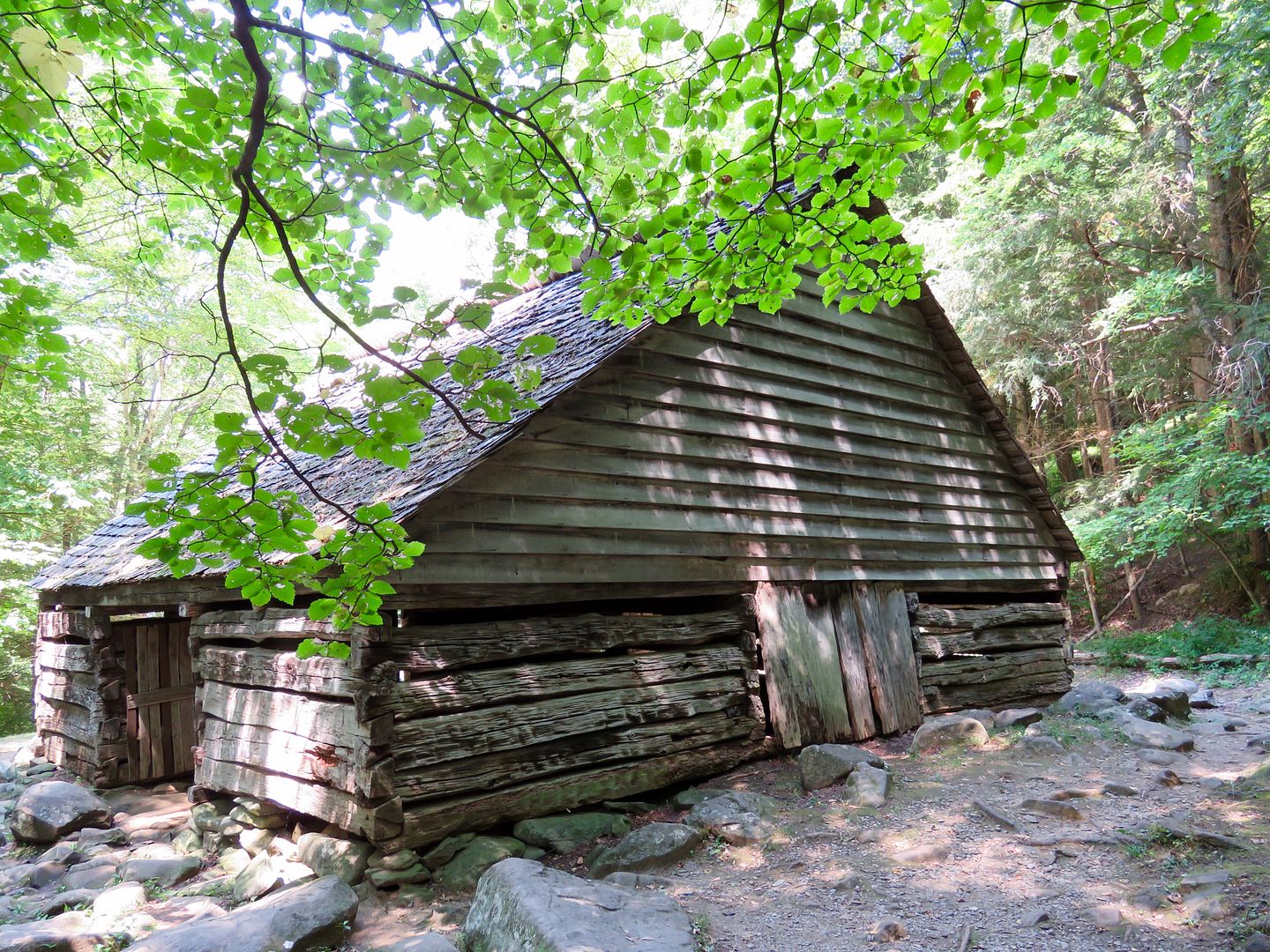
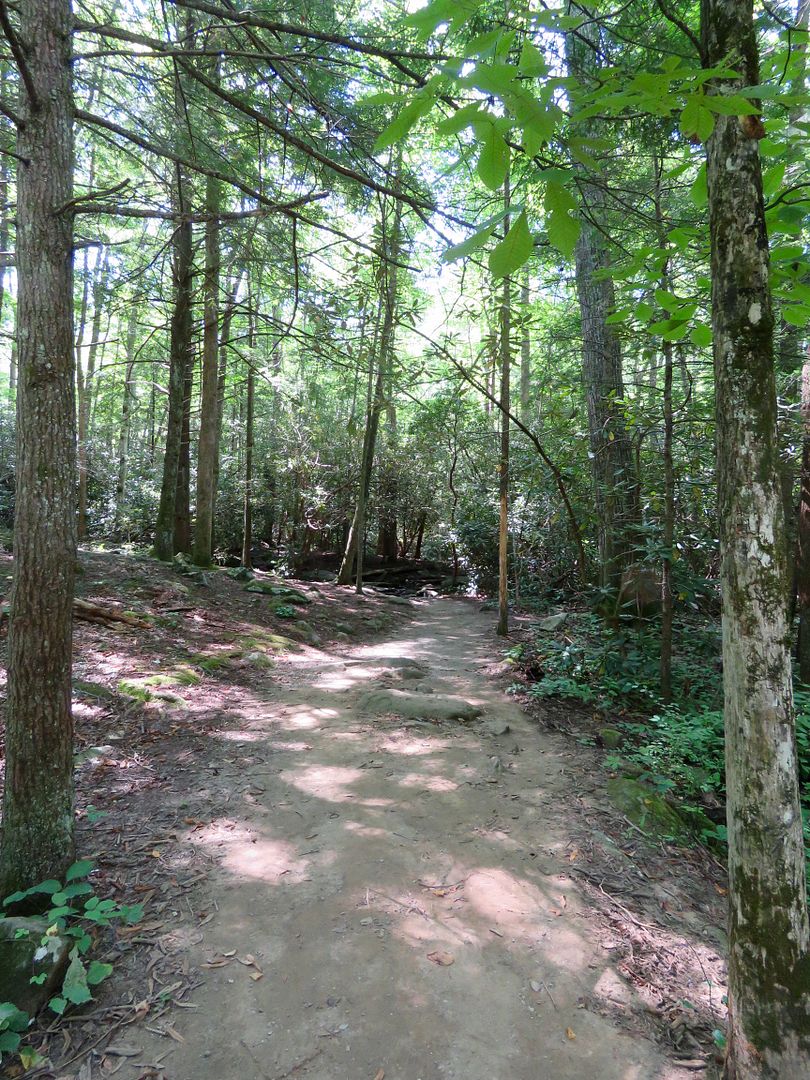
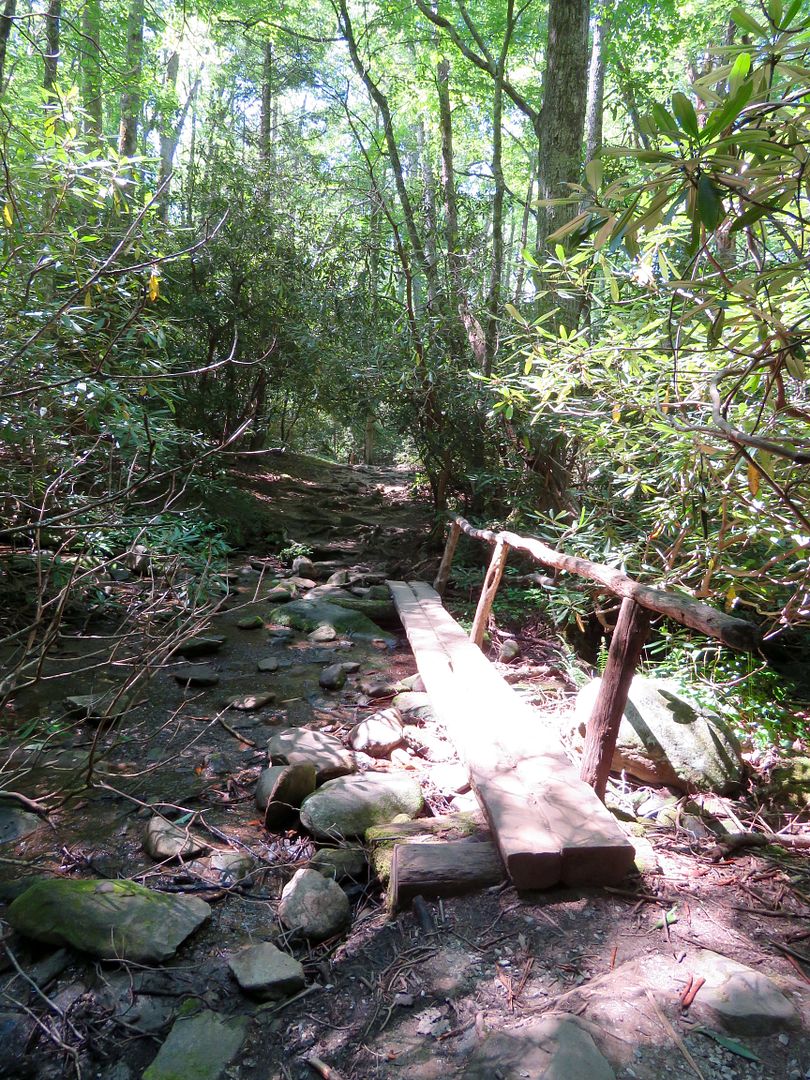

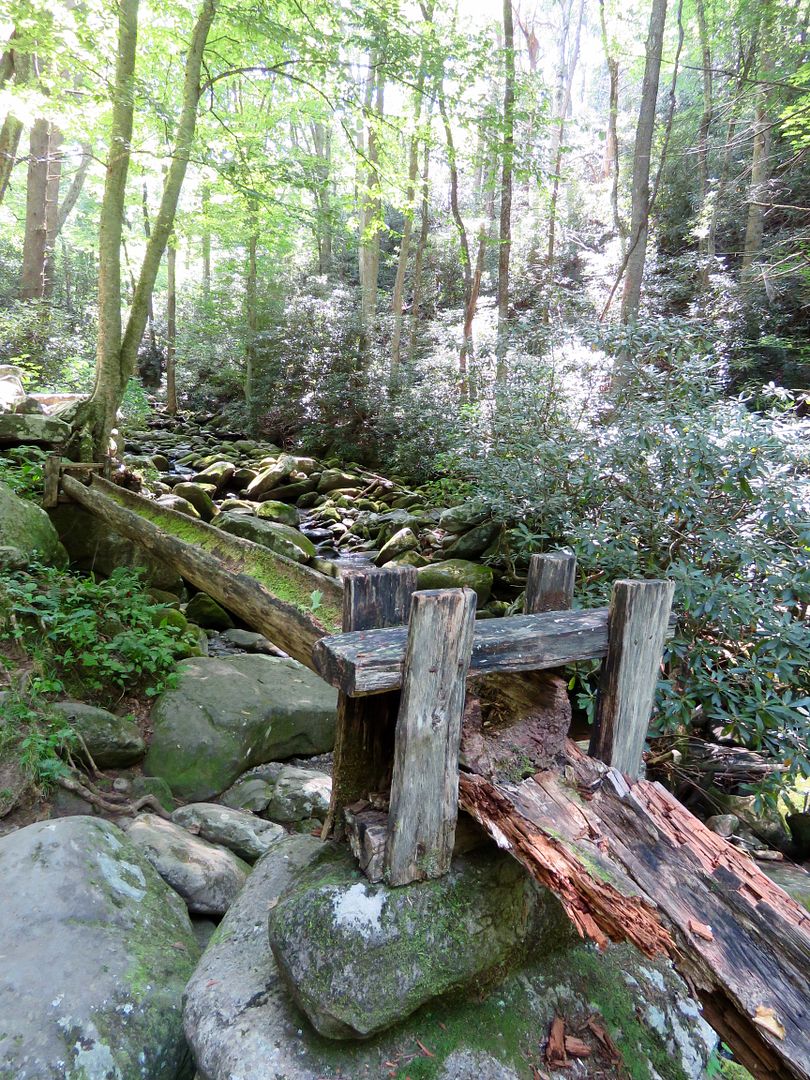


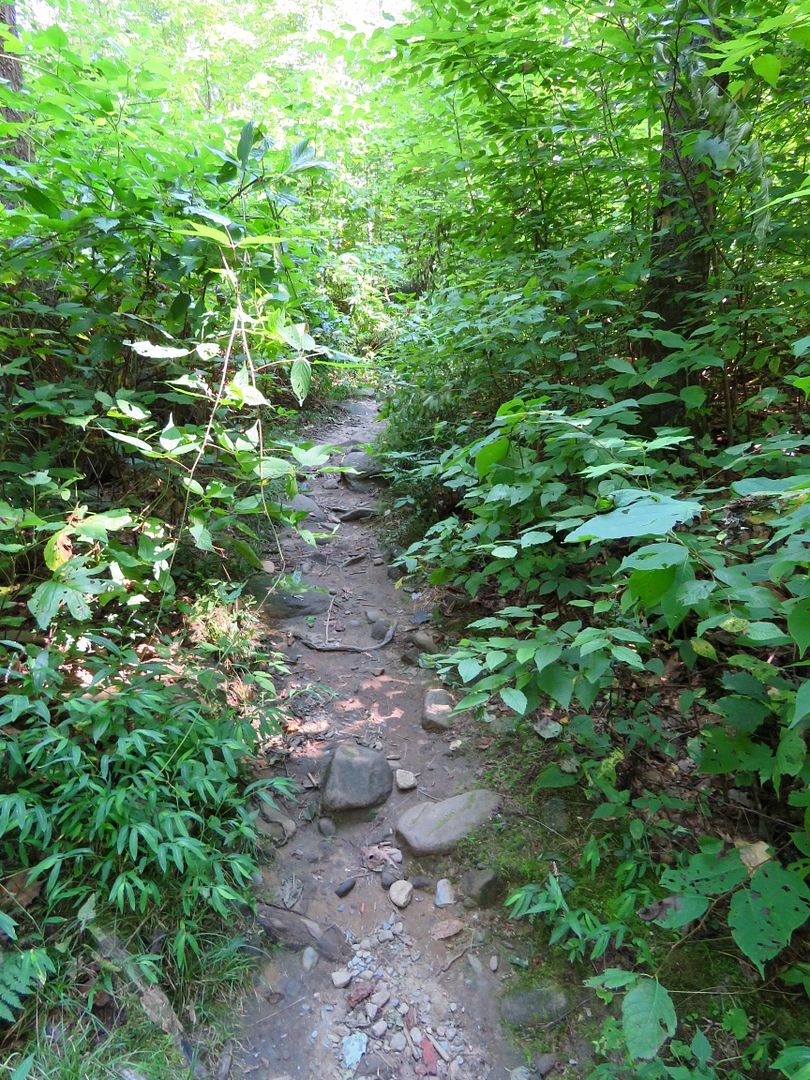




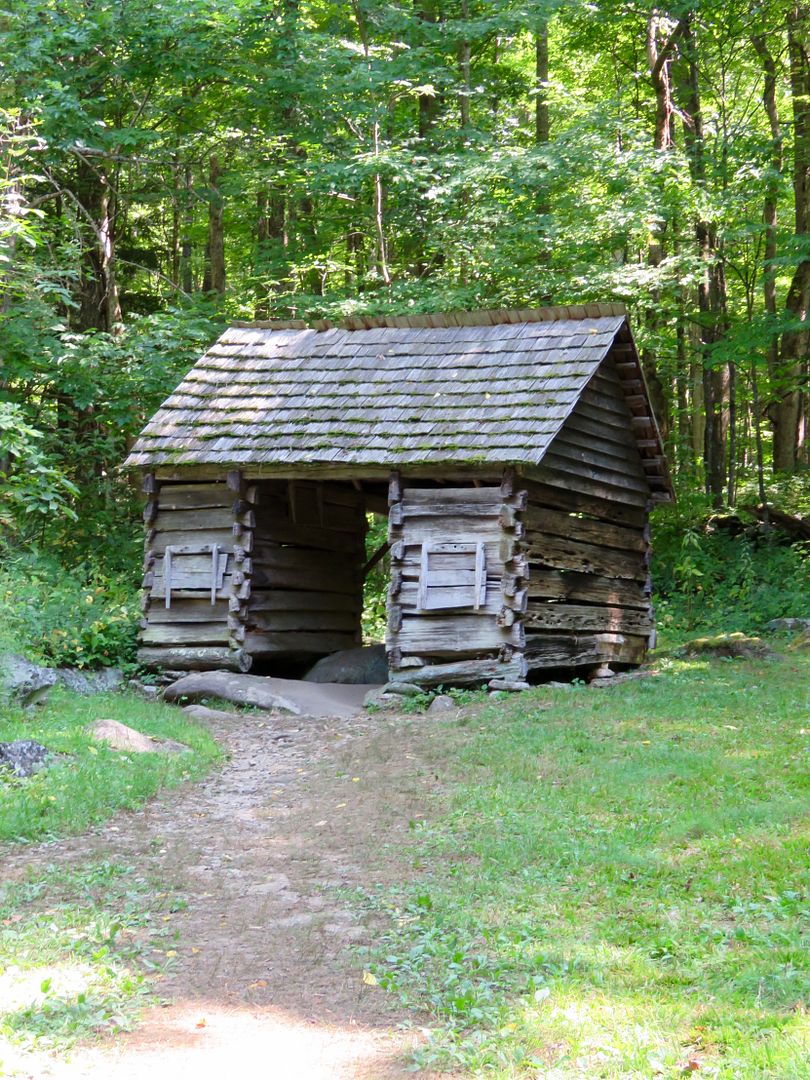
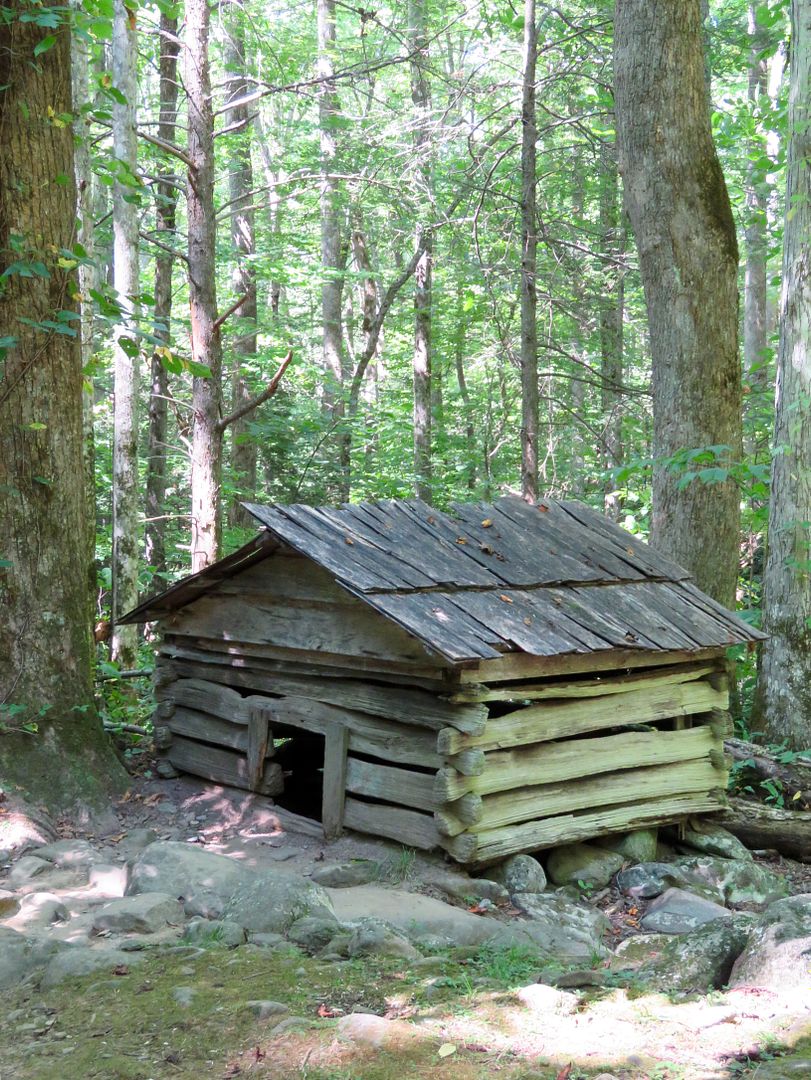

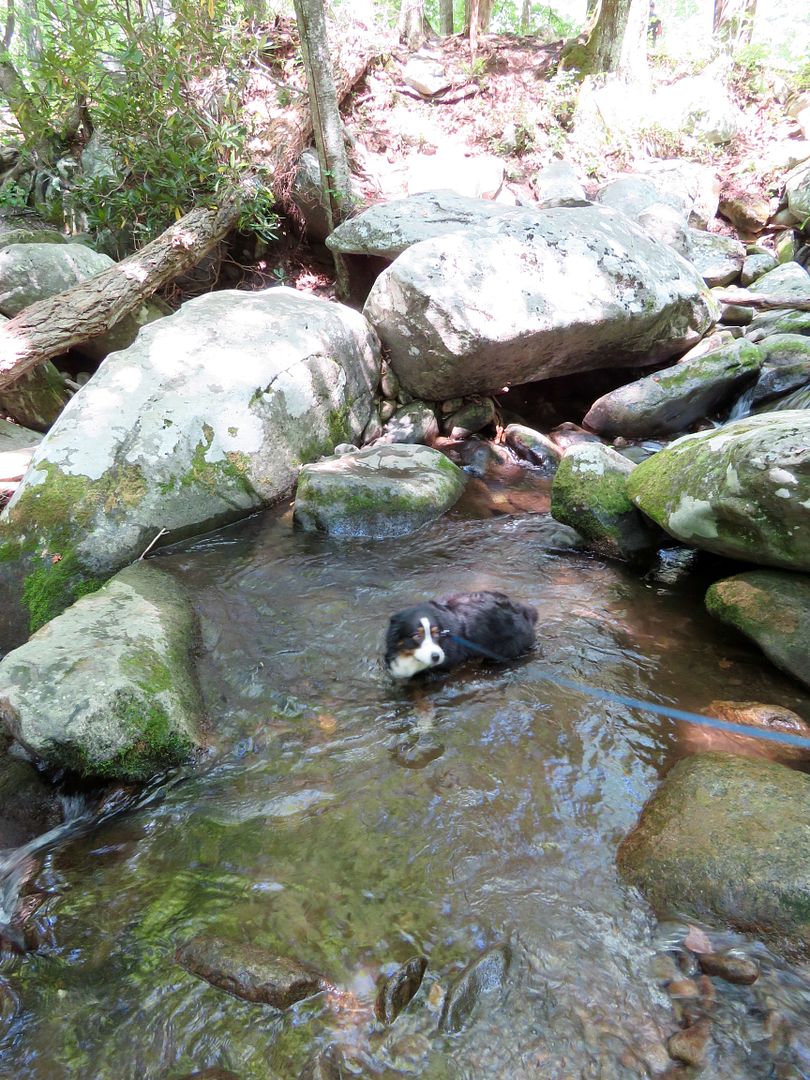

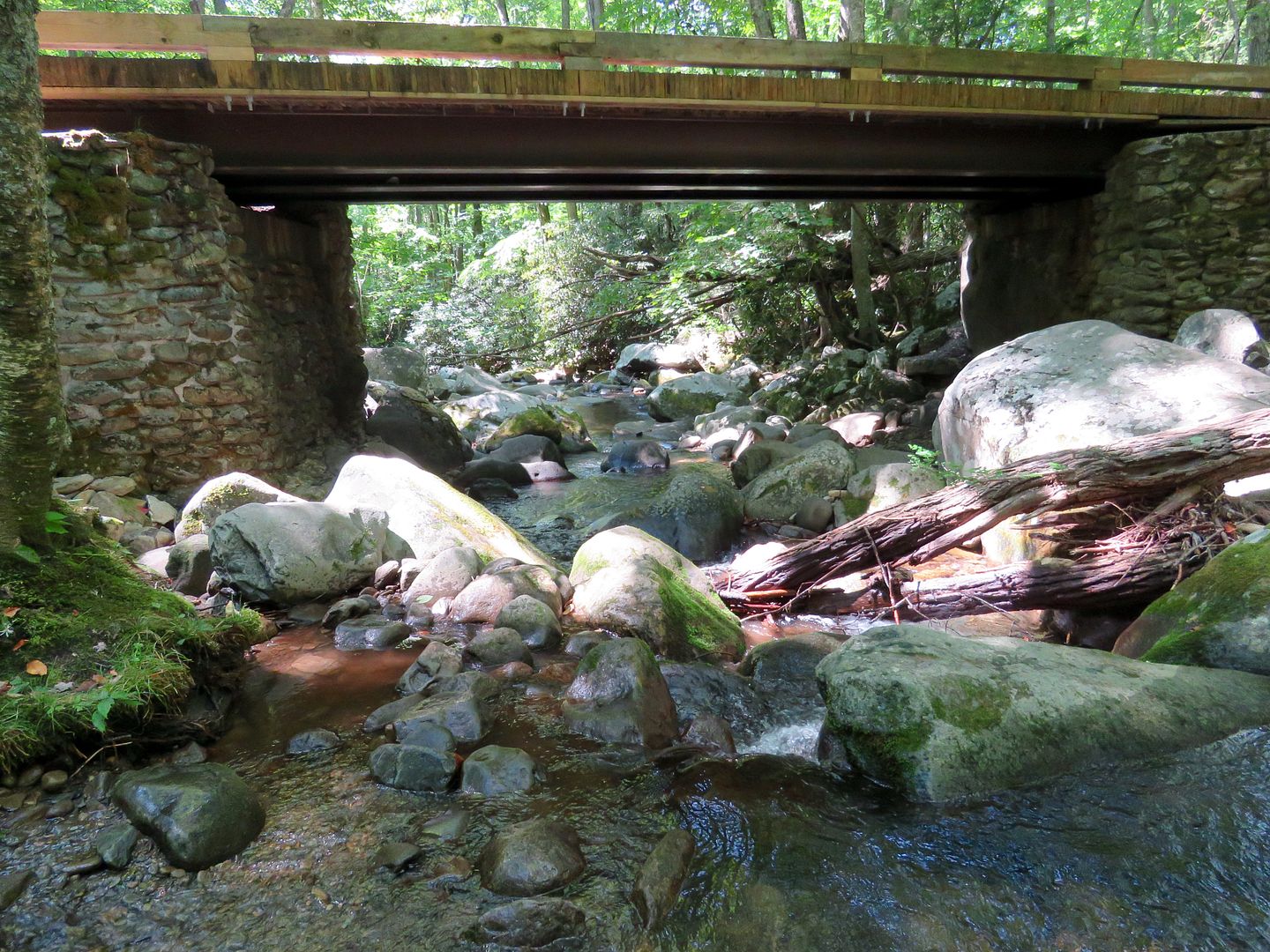
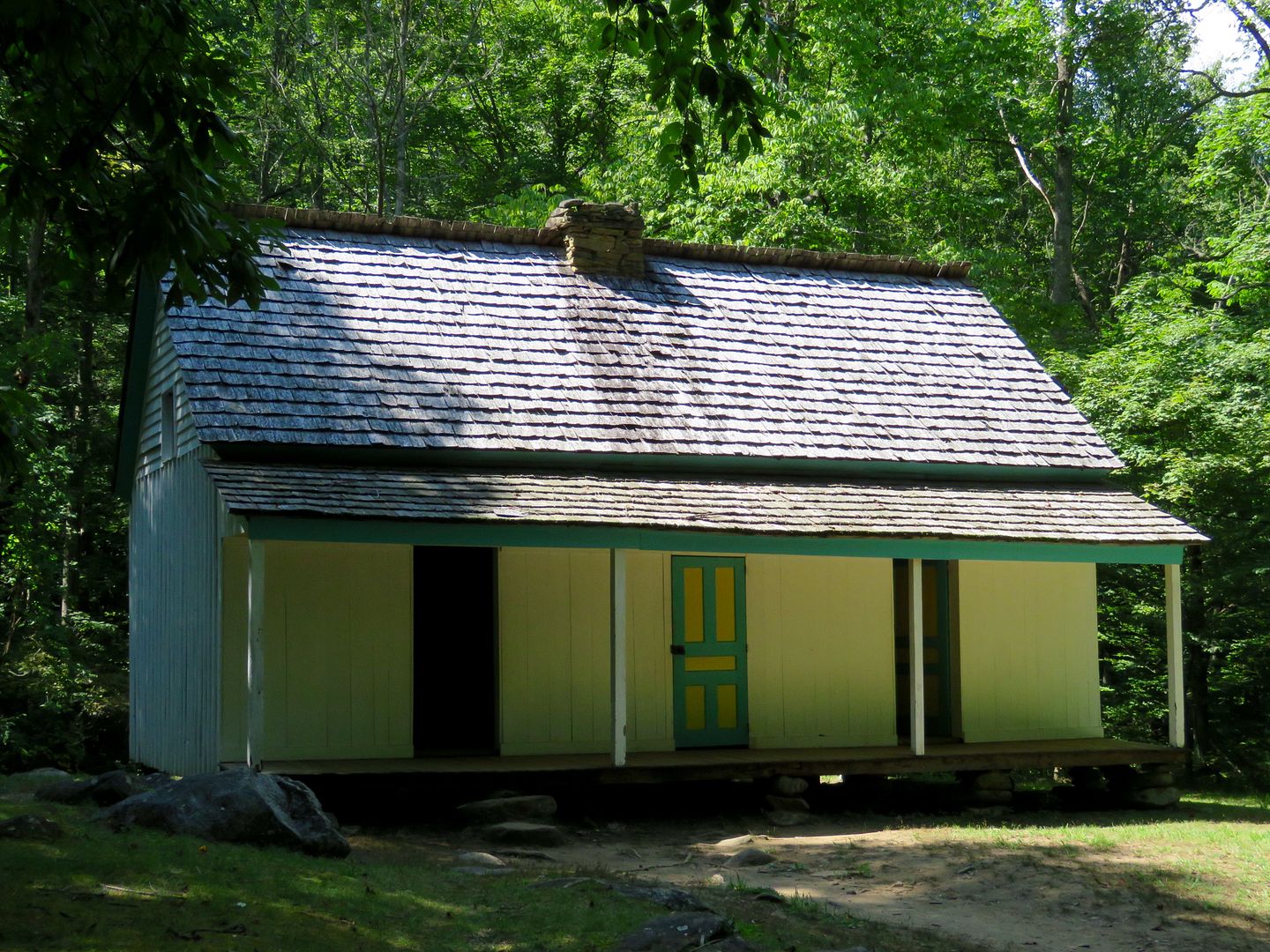
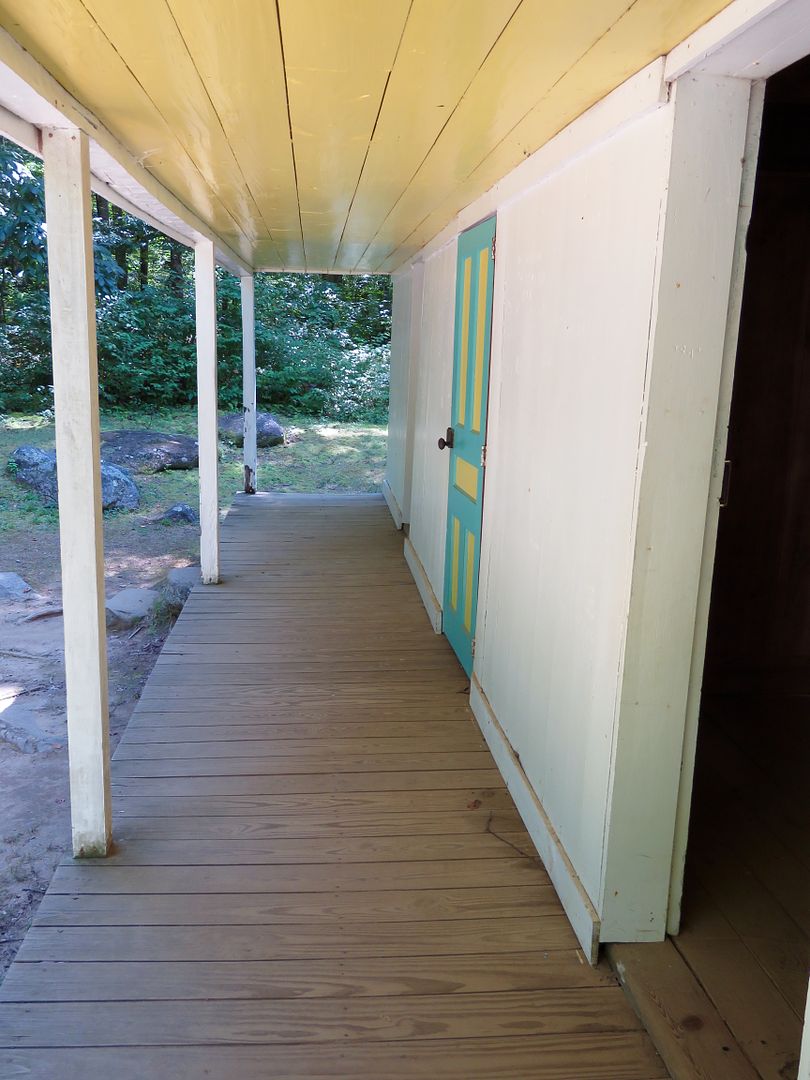
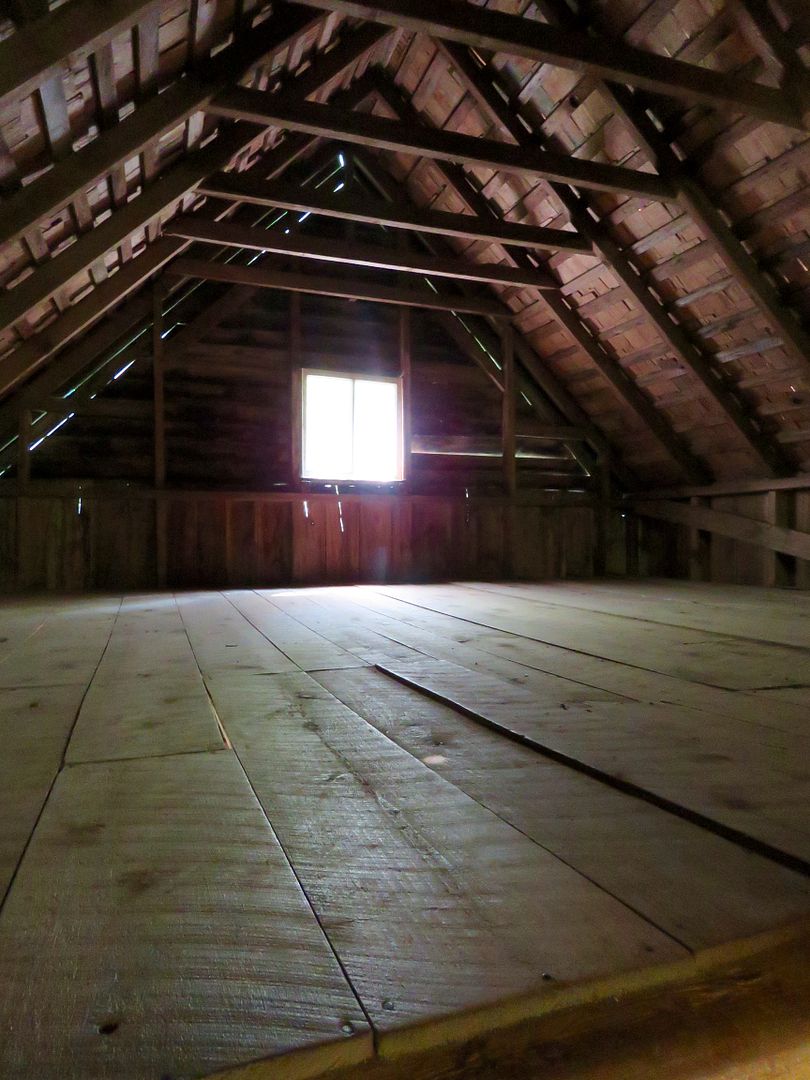
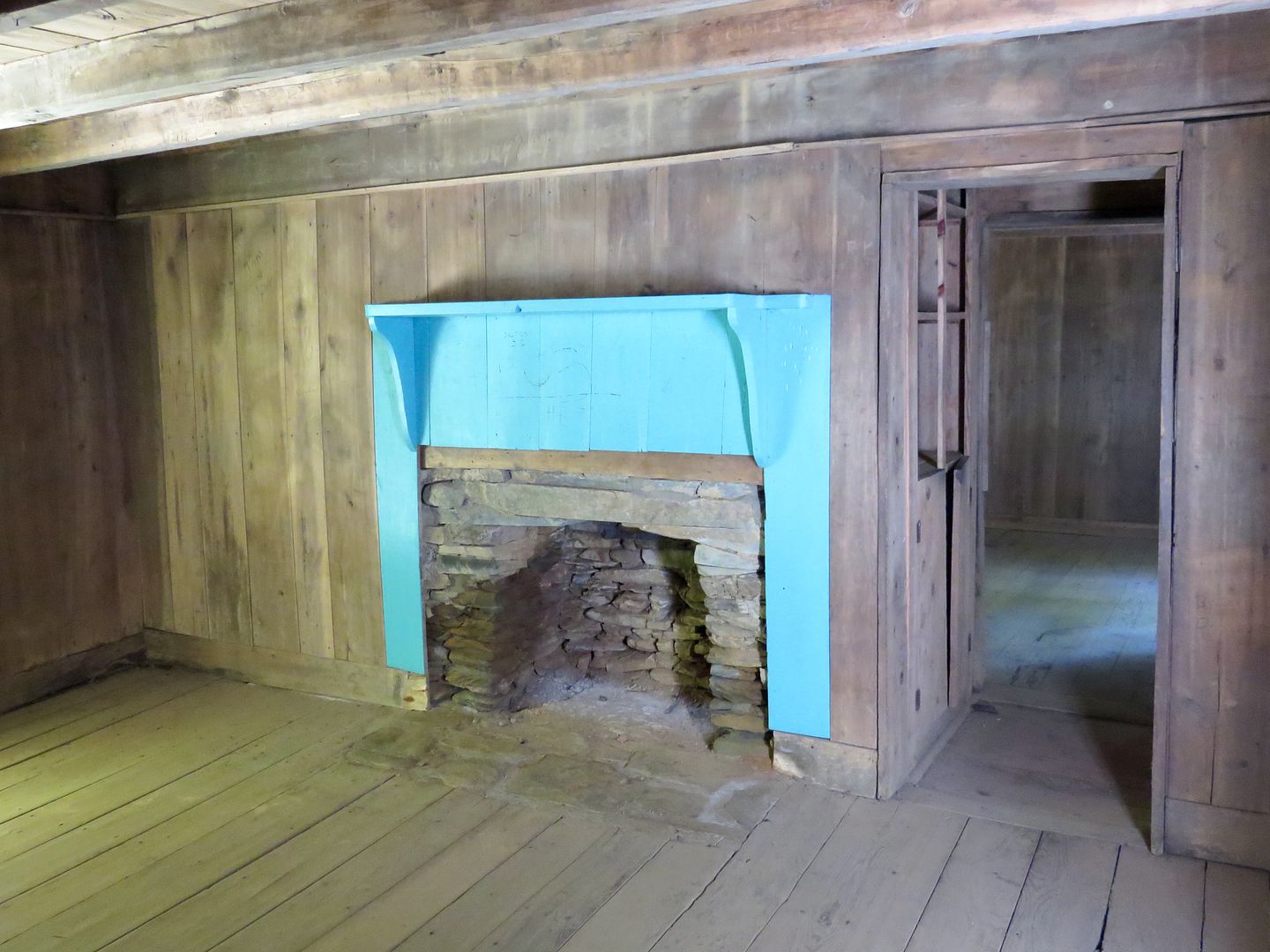
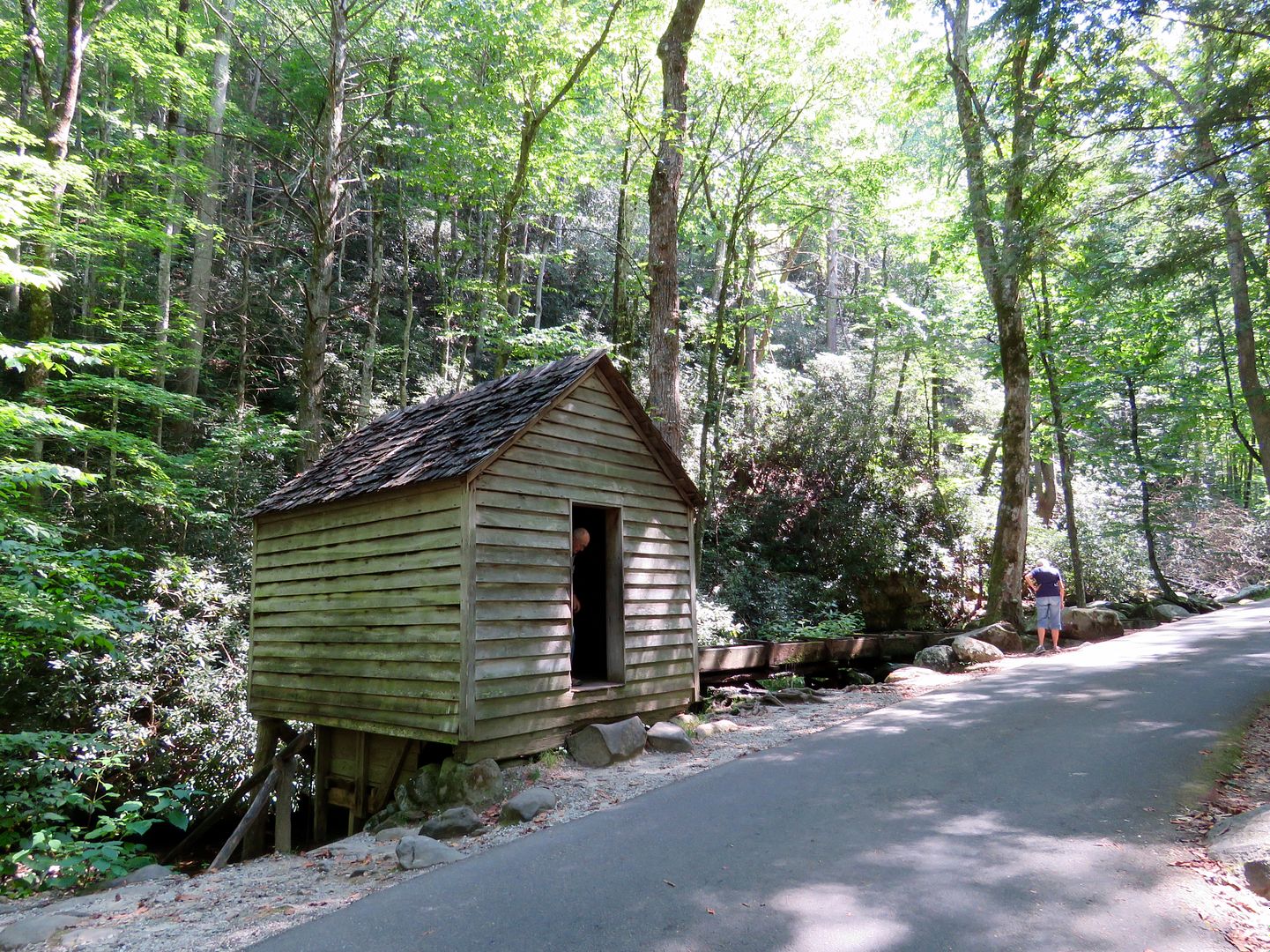
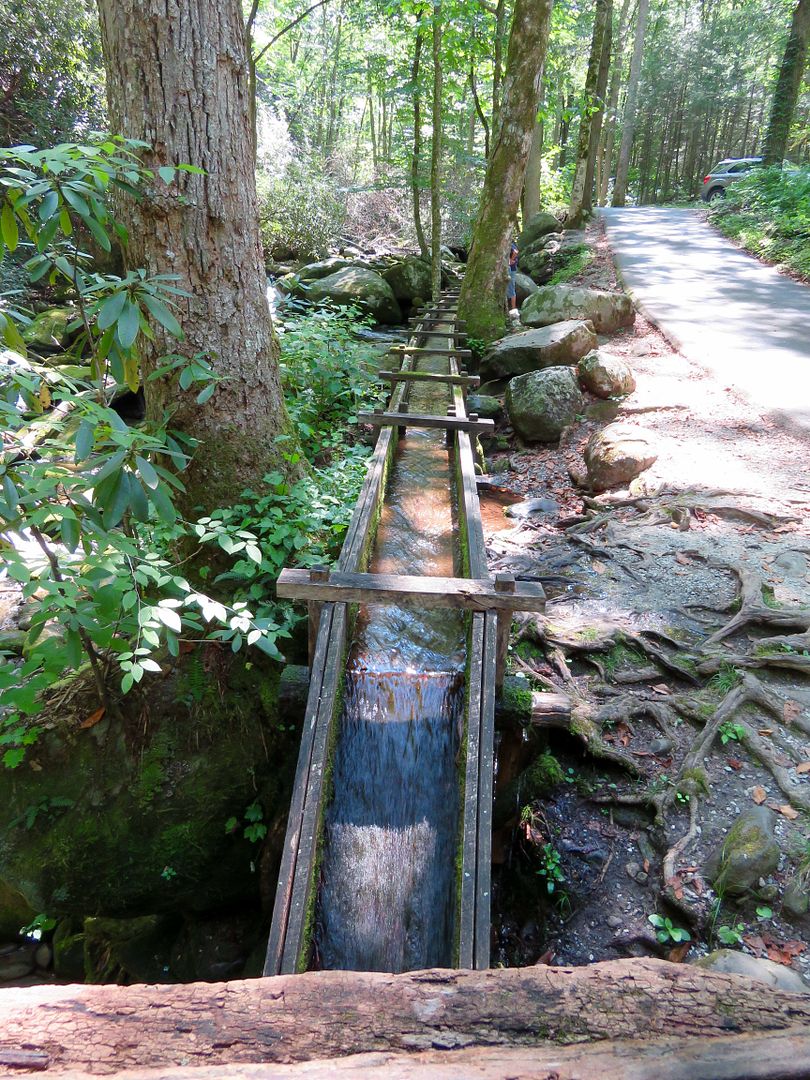
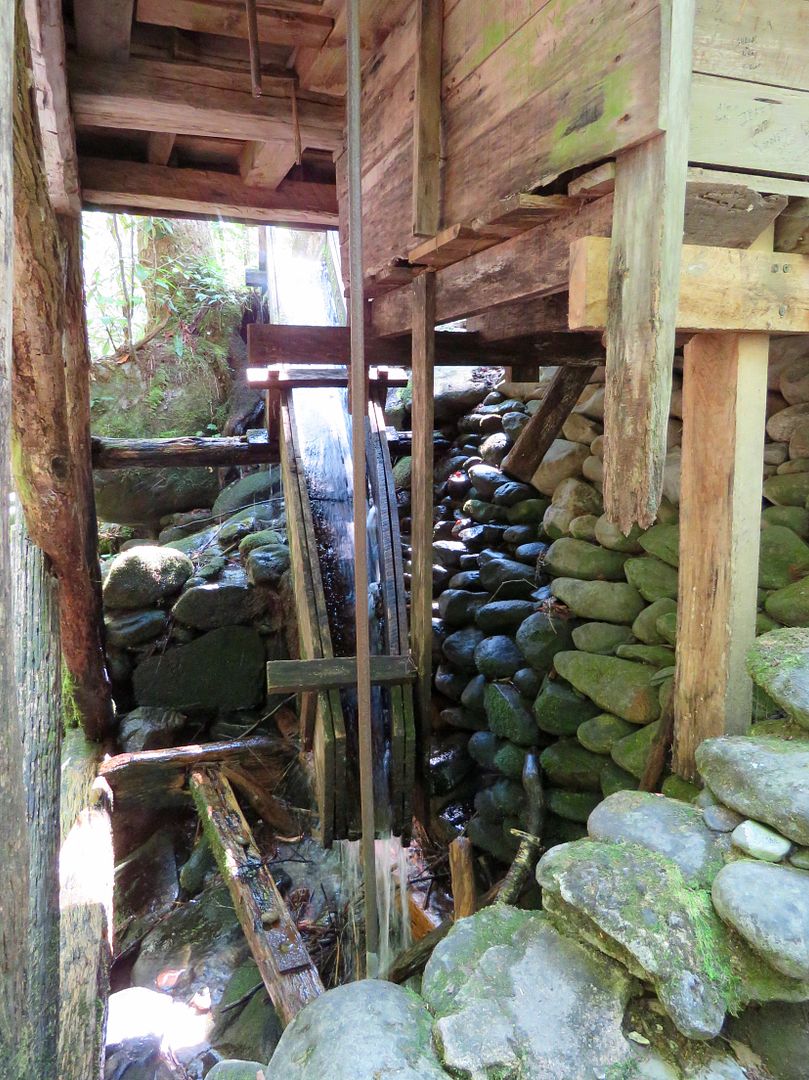

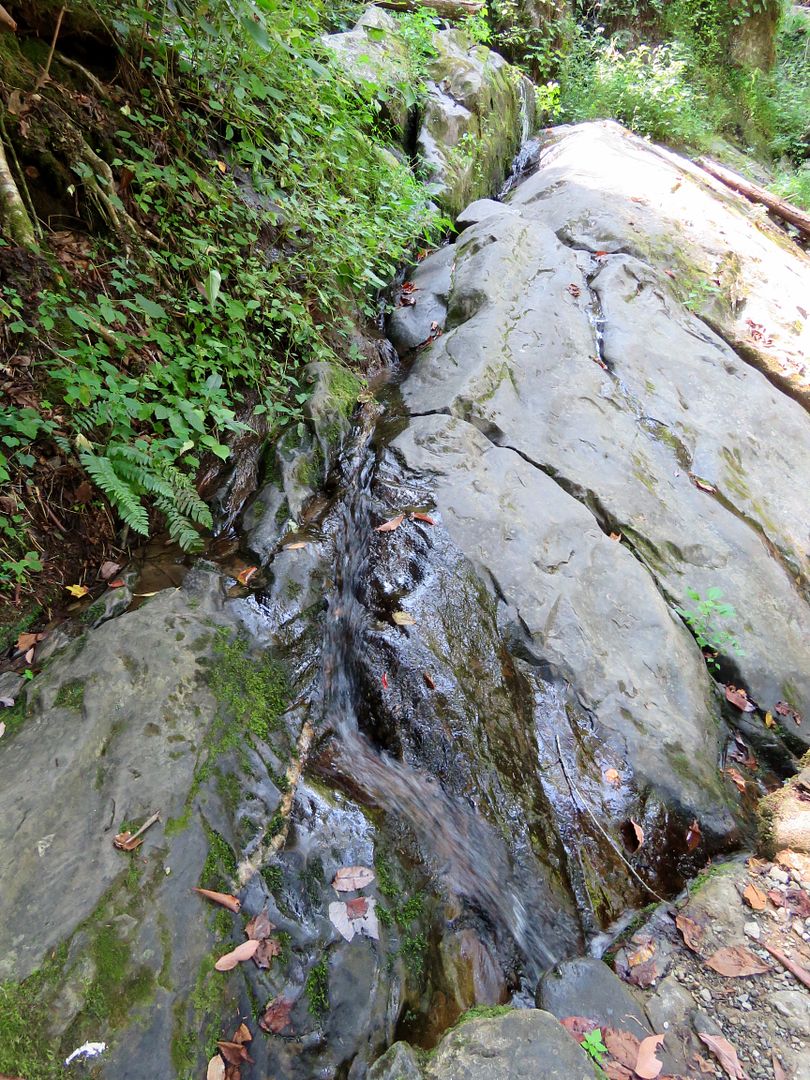
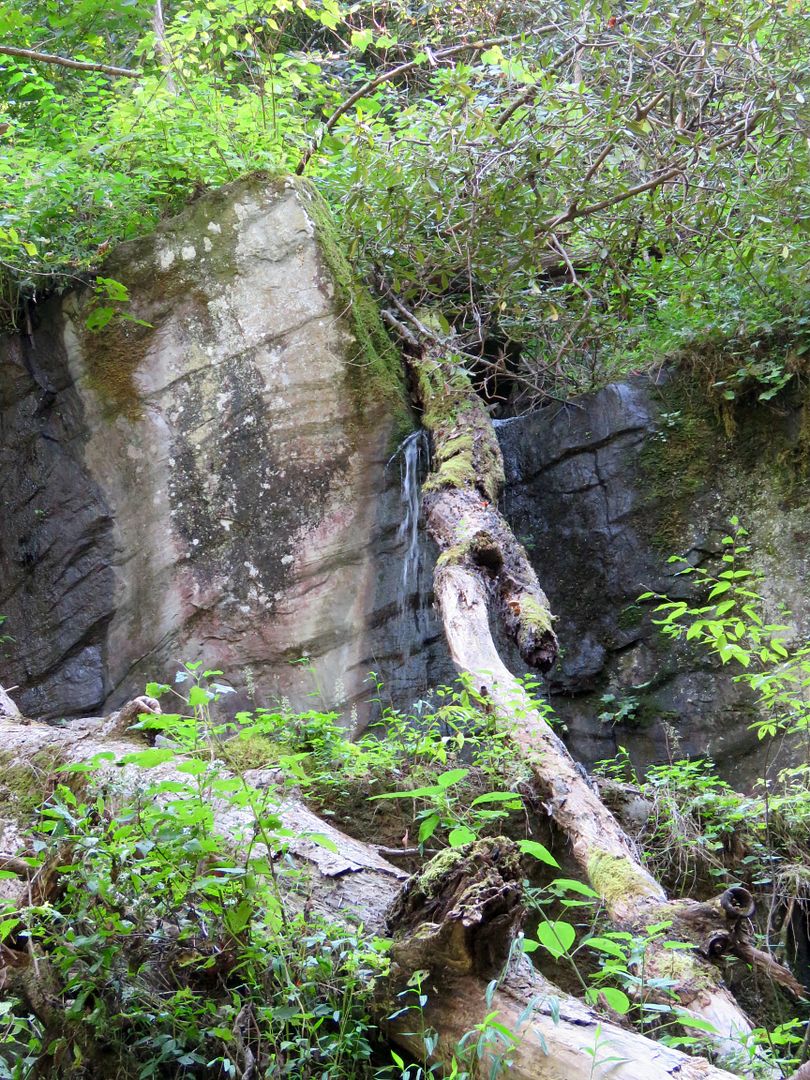
No comments:
Post a Comment